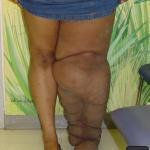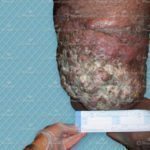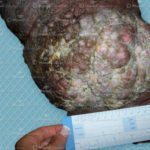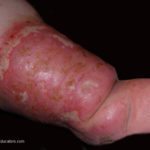Types of Pyoderma Gangrenosum
Pyoderma gangrenosum is a rare but serious ulcerating skin disease, which can present in many forms and to a variety of health professionals. This means a diagnosis of the condition is often delayed, lead to serious clinical consequences for the patient. [1] Pyoderma gangrenosum presents most commonly on the lower legs, particularly in the pretibial…




